
Clockwork refers to the inner workings of either mechanical devices called clocks and watches or other mechanisms that work similarly, using a series of gears driven by a spring or weight.

John Dickson Carr was an American author of detective stories, who also published using the pseudonyms Carter Dickson, Carr Dickson, and Roger Fairbairn.

An automaton is a relatively self-operating machine, or control mechanism designed to automatically follow a sequence of operations, or respond to predetermined instructions. Some automata, such as bellstrikers in mechanical clocks, are designed to give the illusion to the casual observer that they are operating under their own power or will, like a mechanical robot. The term has long been commonly associated with automated puppets that resemble moving humans or animals, built to impress and/or to entertain people.
The Student Prince is an operetta in a prologue and four acts with music by Sigmund Romberg and book and lyrics by Dorothy Donnelly. It is based on Wilhelm Meyer-Förster's play Old Heidelberg. The piece has a score with some of Romberg's most enduring and beautiful tunes, including "Golden Days", "Drinking Song", "Deep in My Heart, Dear", "Just We Two" and "Serenade". The plot has elements of melodrama but lacks the swashbuckling style common to Romberg's other works.
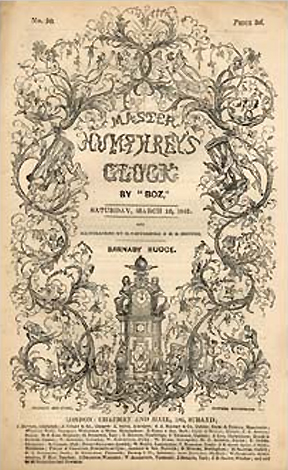
Barnaby Rudge: A Tale of the Riots of Eighty is a historical novel by English novelist Charles Dickens. Barnaby Rudge was one of two novels that Dickens published in his short-lived (1840–1841) weekly serial Master Humphrey's Clock. Barnaby Rudge is largely set during the Gordon Riots of 1780.

Count Karlstein, or the Ride of the Demon Huntsman is the first children's novel written by British author Philip Pullman. It was published in 1982. The story was originally written by Pullman to be performed as a school play at Bishop Kirk Middle School, Oxford, where Pullman was an English teacher.

The Testament of Dr. Mabuse, also called The Last Will of Dr. Mabuse, is a 1933 German crime-thriller film directed by Fritz Lang. The movie is a sequel to Lang's silent film Dr. Mabuse the Gambler (1922) and features many cast and crew members from Lang's previous films. Dr. Mabuse is in an insane asylum where he is found frantically writing his crime plans. When Mabuse's criminal plans begin to be implemented, Inspector Lohmann tries to find the solution with clues from gangster Thomas Kent, the institutionalized Hofmeister and Professor Baum who becomes obsessed with Dr. Mabuse.

Doctor Faustus is a German novel written by Thomas Mann, begun in 1943 and published in 1947 as Doktor Faustus: Das Leben des deutschen Tonsetzers Adrian Leverkühn, erzählt von einem Freunde.
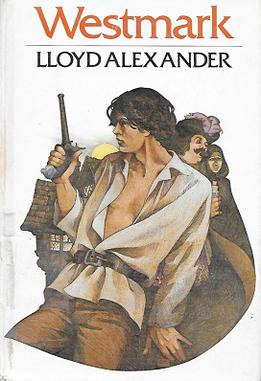
Westmark (1981) is a speculative fiction novel by Lloyd Alexander. It won the National Book Award in the category of Children's Fiction in 1982. The novel follows Theo, a printer's devil, while he flees from the law after an altercation with the police. He takes up with a charismatic confidence man named Count Las Bombas and a mysterious girl named Mickle. Mickle is eventually unveiled as the rightful heir to the throne and Theo falls in love with her. The Kestrel continues the story.
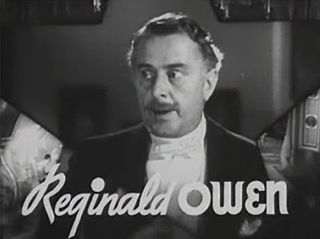
John Reginald Owen was a British actor, known for his many roles in British and American films and television programs.
Faust has inspired artistic and cultural works for over four centuries. The following lists cover various media to include items of historic interest, enduring works of high art, and recent representations in popular culture. The entries represent works that a reader has a reasonable chance of encountering rather than a complete catalog.

Prince Otto: A Romance is a novel written by Robert Louis Stevenson, first published in 1885.
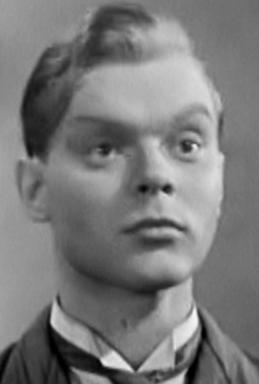
Hans Richter was a German film actor. He appeared in more than 130 films between 1931 and 1984, mostly in supporting roles. He was born in Brandenburg, Germany and died in Heppenheim, Germany.
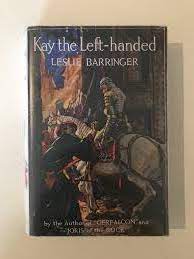
Kay the Left-Handed is a historical novel by Leslie Barringer set in twelfth century England. It was first published in the United Kingdom by Heinemann in 1935; an American edition from Doubleday followed later the same year.

Paul Hörbiger was an Austrian theatre and film actor.

Carl Peters is a 1941 German historical drama film directed by Herbert Selpin and starring Hans Albers, Karl Dannemann, and Fritz Odemar. It was produced as an anti-British propaganda film during the Second World War.

Villa Haas is a historical villa in the small city of Sinn, Hesse located at the western edge of the Hörre in Germany (Lahn-Dill-Kreis). The villa, the park, the surrounding streets "Hansastrasse / Rudolfstrasse" are Renaissance Revival architecture cultural monuments.
Clockwork Watch is a collaborative transmedia storytelling project set in a retro-futurist steampunk vision of Victorian England. Launched in May 2012, this five-year immersive participatory story is told through graphic novels, interactive promenade theatre, online adventures, an interactive book, and a feature film. The project was created and produced in London by Yomi Ayeni.
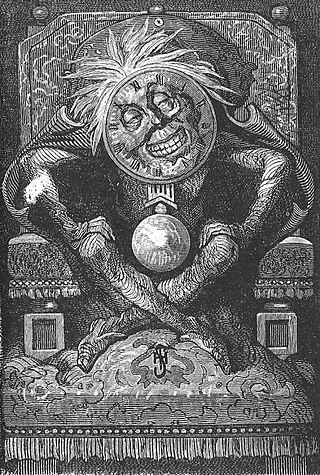
Master Zacharius, or the clockmaker who lost his soul is an 1854 short story by Jules Verne. The story, an intensely Romantic fantasy echoing the works of E. T. A. Hoffmann, is a Faustian tragedy about an inventor whose overpowering pride leads to his downfall.
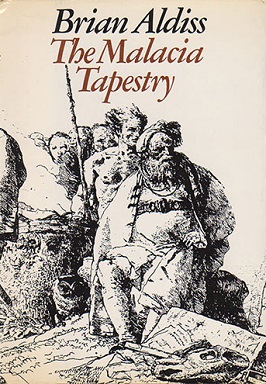
The Malacia Tapestry is a fantasy-historical novel by British writer Brian Aldiss, published in 1976. The story takes place in a fictional port city called Malacia, which is an alternate history version of a Renaissance city-state. It tells the story of a poor young actor named Perian de Chirolo who hopes to change his station in life so he can marry a wealthy merchant's daughter. While Malacia is considered a near-utopia, the happiness in the city belies the authoritarian rule of the powerful Supreme Council, which uses fear to prevent progress.
















